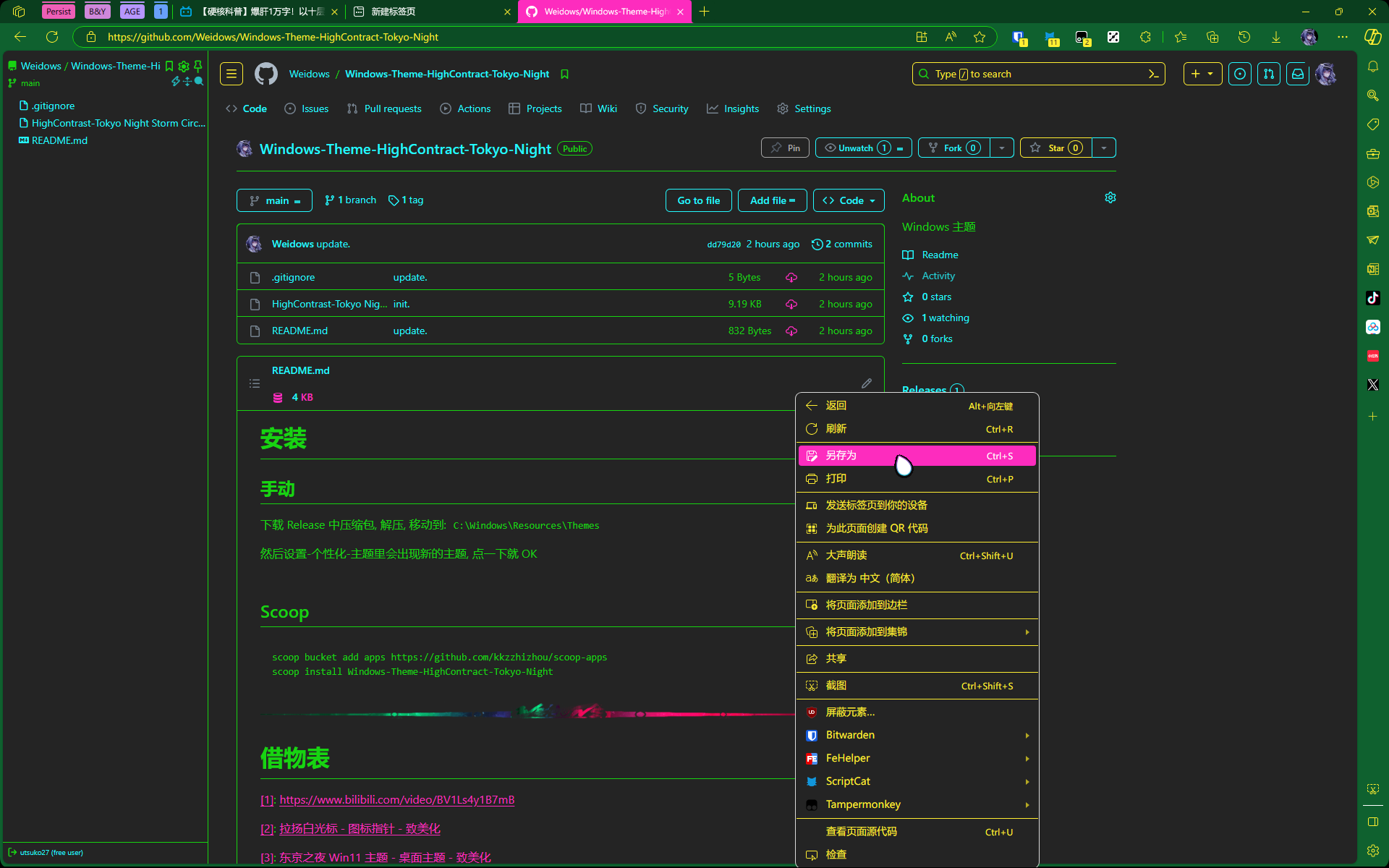🐱JavaScript学习笔记-(贰)
对象
- JavaScript 中的所有的键都是
字符串,值是任意对象! - JavaScript 中定义对象用
{},定义数组用[].
var person = { |
调用
- 调用并不存在的属性,会提示 undefined,并不会报错.
console.log(person.age); // 3 |
对象属性赋值/添加
person.age = 4; |
删除属性
delete person.age; |
判断对象是否有某属性
console.log("email" in person); // true |
流程控制
基本
像是 if-else,for,while 跟 Java 一模一样, 但注意别写成这样:
遍历
对象用for-in,遍历数组用for-of初始化数组
var age = [9, 8, 7, 6, 5, 4, 3, 2, 1];
forEach 循环
- 内部是匿名函数.
age.forEach(function (element, index, array) { |
for-in 循环
- 与 Java 不同,java 给的是数组内指定元素的克隆体,JavaScript 给的是指定元素的索引下标.
- 跟 for 循环差别只在于数组大小是否可知.
for (let index in age) { |
for-of 循环
- 与 Java 的 for-each 循环一样.
- 遍历数据而非 index.
for (let num of age) { |
Map & Set
Map
- 通过 key-value 存储数据
- key 是字符串,value 是任意数据.
- 跟 Java 类似.
// var name = ["Tom", "Jack", "haha"], |
Set
- 无序不重复,Set 和 Map 类似,Set 只存储 key,且 key 不重复。
var set = new Set([ |
函数
如果没有执行 return,函数执行完也会返回结果,结果是 undefined
定义方式一
function abs(x) { |
定义方式二
好怪哦,不过跟上面等价(推荐用上面那种)
这是 Js 一个特性,函数体与函数名分离,函数名实际上就是那个变量
abs,它指向后面的函数体- 关键字
function是用来定义函数体的,var用来定义变量
- 关键字
var abs = function (x) { |
- function(x){…}是一个匿名函数,把结果赋值给 abs,通过 abs 间接取函数返回值.
参数传递问题
利用关键字 argument ,它是函数传入的参数数组
比如传入的参数为空或者非法.
var abs = function (x) {
if (arguments.length === 0) console.log("无参数传入.");
else if (typeof x != "number") throw "参数不对.";
let ret;
if (x >= 0) {
ret = x;
} else {
ret = -x;
}
return ret;
};
/**
* 无参数传入.
* NaN
*/
console.log(abs());
/**
* 参数不对.
* 函数和程序直接停止,"参数不对"是报错,不是输出
*/
console.log(abs("123"));有时传入的参数不定,缺失的话可以通过上面方法解决,如果多余呢?
- 通过
...解决(Java 也有类似的) - 可变参数
function func(a, b, ...c) {
console.log(a + b);
console.log(c);
}
/**
* 123456
* [ 7, 8, 9 ]
*/
func("123", "456", 7, 8, 9);- 通过
变量作用域
跟 Java 一模一样.
比如
function A() {
var x = 1;
function B() {
var x = 2;
console.log(x); // 2
}
B();
console.log(x); // 1
}
A();自动提升作用域
var x = "x" + y;
console.log(x); // xundefined
var y = "y";- 相当于下面的,程序自动提升了 y 的定义,但无法提升 y 的赋值,所以 x 也无法定义.
var y;
var x = "x" + y;
console.log(x); // xundefined
y = "y";另外,
const也是 ES6 才引入的- 定义常量,不可更改.
局部作用域
- ES6 引入,建议用
let定义局部作用域的变量以免冲突.
for (var index_1 = 0; index_1 < 10; index_1++) {
console.log(index_1);
}
for (let index_2 = 0; index_2 < 10; index_2++) {
console.log(index_2);
}
console.log(index_1); // 10
console.log(index_2); // index_1 is not defined- ES6 引入,建议用
全局变量/函数
所有的全局变量/函数是绑定在 windows 对象上的(浏览器中,如果是 node 中就不行)
//全局变量
var x = "abc";
console.log(x);
console.log(window.x);
alert(x);
window.alert(x);这就会导致一个问题:多 Js 文件执行时使用了同名的全局变量会产生冲突
- 为了解决这冲突,我们把代码放进自己的命名空间中
// 全局命名空间
var Weidows = {};
// 使用命名空间定义全局变量(实际概念就是套了层壳)
Weidows.name = "Weidows";
Weidows.age = "21";- 后面
JQuery就是做这个用的.
函数传递
通过定义方法二这种,了解到函数和变量实际是互通的
与 Java 不同,像是 C 里面的函数指针,函数名与函数体是分离的.
所以以下赋值成立
function func_1() { |
方法
定义在对象里的函数
var Weidows = {
name: "Weidows",
birth: 2000,
age: function () {
let now = new Date().getFullYear();
return now - this.birth;
},
};
/**
* [λ: age]
* 注意调用方法的格式
*/
console.log(Weidows.age); // [λ: age]
console.log(Weidows.age()); // 21利用
this和apply()实现函数和方法的恰当调用.- JS 中可以通过
apply()控制 this 的指向
function getAge() {
let now = new Date().getFullYear();
return now - this.birth;
}
var Weidows_1 = {
name: "Weidows",
birth: 2000,
// age: getAge(), 这样写实质age是getAge()执行后的返回值
age: getAge, // 这样含义是age指向getAge()函数体
};
var Weidows_2 = {
name: "Weidows",
birth: 2000,
age: getAge,
};
//执行
console.log(Weidows_1.age()); // 21
console.log(Weidows_2.age()); // 21
// console.log(getAge()); // Cannot read property 'birth' of undefined
console.log(getAge.apply(Weidows_1, [])); // 21
console.log(getAge.apply(Weidows_2, [])); // 21
// 这里apply含义就是调用getAge()函数,并让this指向Weidows_2对象,传入getAge的参数在[]数组里,为空.- JS 中可以通过
本博客所有文章除特别声明外,均采用 CC BY-NC-SA 4.0 许可协议。转载请注明来自 ⭐️齐下无贰⭐️!
评论














